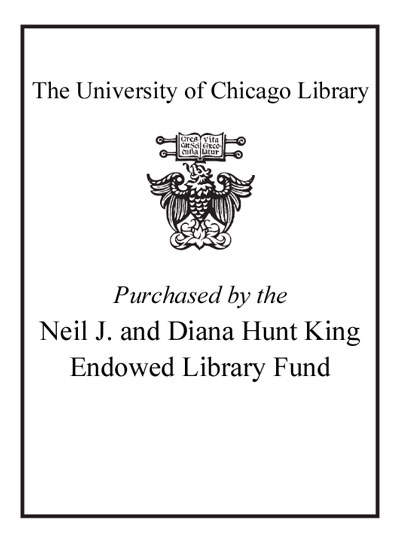Royal umbrellas of stone : memory, politics, and public identity in Rajput funerary art /
Saved in:
| Author / Creator: | Belli Bose, Melia, author. |
|---|---|
| Imprint: | Leiden : Brill, [2015] |
| Description: | xxi, 319 pages : illustrations, maps ; 25 cm. |
| Language: | English |
| Series: | Brill's Indological library ; volume 48 Brill's Indological library ; v. 48. |
| Subject: | |
| Format: | Print Book |
| URL for this record: | http://pi.lib.uchicago.edu/1001/cat/bib/10814233 |
Table of Contents:
- Acknowledgments
- A Note on Transliteration
- Chronological Chart of Rajput and Other Dynasties
- List of Illustrations
- Introduction: Rajputs and Their Royal Umbrellas
- An Indic Iconography of Extraordinariness: Umbrellas in South Asian Art
- The King Is Dead, Long Live the King! "Invented Tradition" and Memorialization in North Indian Kingship
- Origins of the Chatri
- The Commemorated: Public Ancestors and the Deified Deceased
- Rituals: The Chatri as Politically Charged Performative Space
- Sources and Structure of the Book
- 1. Interrupted Continuities: The Chatris of the Kachhwaha Rajputs of Amber and Jaipur
- Building a Kachhawaha Paradigm: Raja Man Singh
- Sibling Rivalry and Contested Authority: Maharaja Sawai Jai Singh II's Chatri in Jaipur
- The Temple-Chatri of Ishwari Singh, the Suicide King
- A Triumphal Homecoming: The Frieze Program on Maharaja Sawai Madho Singh II's Chatri
- Anonymous Memorialization: The Chatris of the Kachhwaha Queens
- Conclusion
- 2. Keeping Up with the Kachhwahas: The Chatris of the Narukas of Alwar, the Dadu Panthis, and the Shekhawati Merchants
- The Chatris of the Narukas of Alwar
- The Chatri as a Legitimizer of Sacred Authority: Memorializing the Dadu Panthis
- Shardul Singh and the Pañch Panna System in Jhunjhunu, Shekhawati
- Memorializing the Nouveaux Riches: Baniya Chatris in Shekhawati
- Conclusion
- 3. A Deceptive Message of Resistance: Nostalgia and the Early Jodha Rathores' Renaissant Devals
- The Pratihara Paradigm
- Raja Udai Singh's "Two Hats": Politics and Memorialization at Mandore
- The Mandore Devals and Marwari Public Pitrs
- Parallels in Seventeenth-Century Marwari Painting
- Conclusion
- 4. Shifting Allegiances, Shifting Styles: Later Jodha Rathore Memorials
- Maharaja Ajit Singh, the Sisodia Past, and the Maru-Gurjara-Renaissant-Style Devals at Mandore
- Same Message, Different Media: Ajit Singh's Other Commissions
- Mixed Messages: Art and Politics under Maharaja Abhai Singh
- Man Singh, the Naths, and the Maharaja's Thara
- Jaswant Thara: The "Taj of Jodhpur" and the Memorialized Jodha Rathores under the Raj
- Conclusion
- 5. Devi Kund Sagar: The Iconography of Sati and Its Absence in Bikaner's Chatris
- The Mughal Model
- Gendered Paradigms in Bika Rathore Funerary Art
- The Iconography of Eternal Union
- Lakshminath's Divine Darbar
- Monuments, Memorials, and the Politics of Restoration under Maharaja Ganga Singh
- Conclusion
- 6. Eklingji's Divine Darbar: The Sisodia Chatris of Mewar
- The Art of Propaganda: The Sisodias' Invented Tradition of Resistance
- Eldingji and Sisodia Political Legitimacy
- Eklingji's Eternal Divans at Mahasatiya
- Conclusion
- 7. Conclusion: Beyond Rajasthan
- Memorializing Marathas in Their New Capitals
- Claiming Sikh Space in Lahore: Maharaja Ranjit Singh's Samadhi
- The Living Chatri Tradition
- Glossary
- Bibliography
- Index

